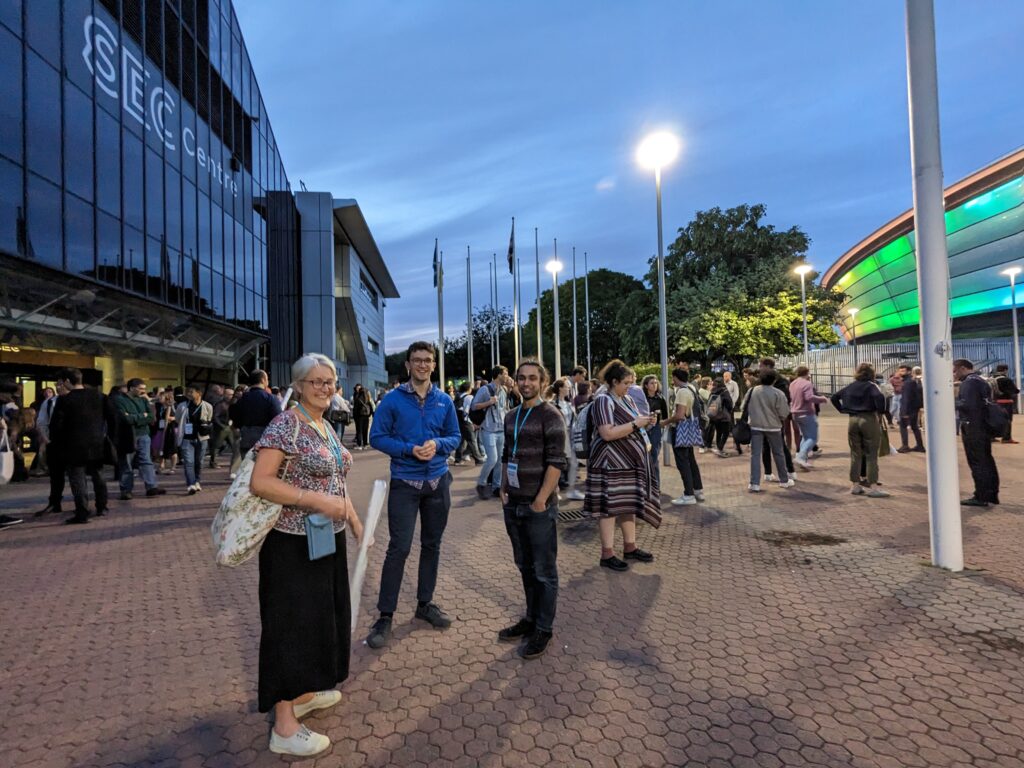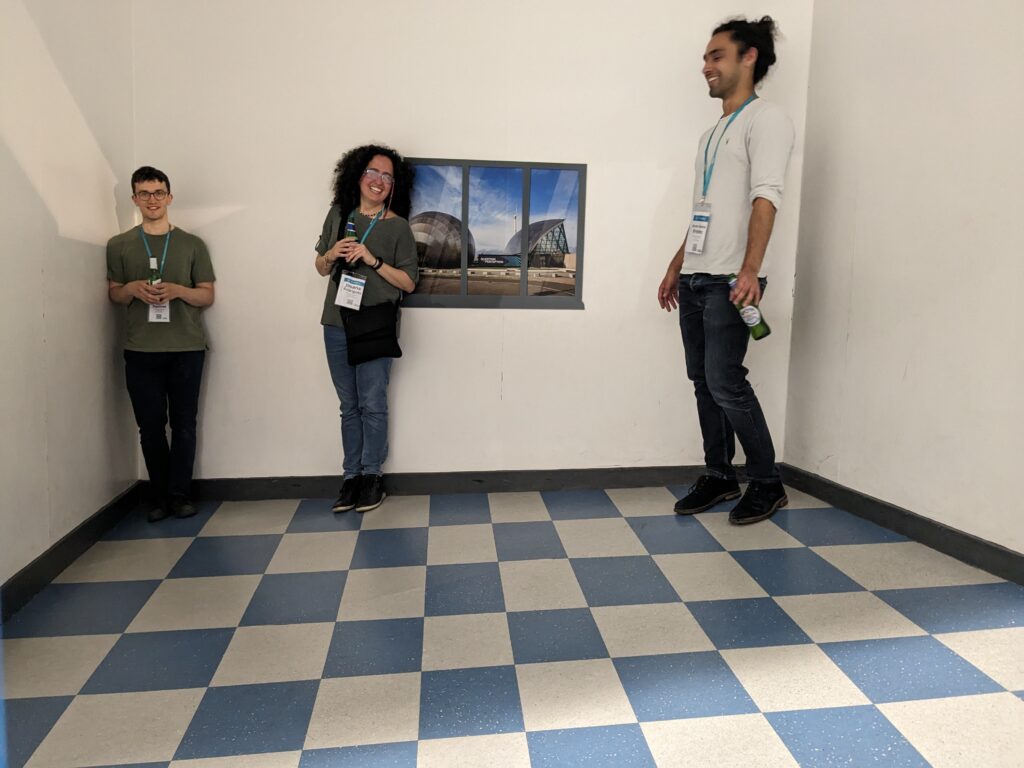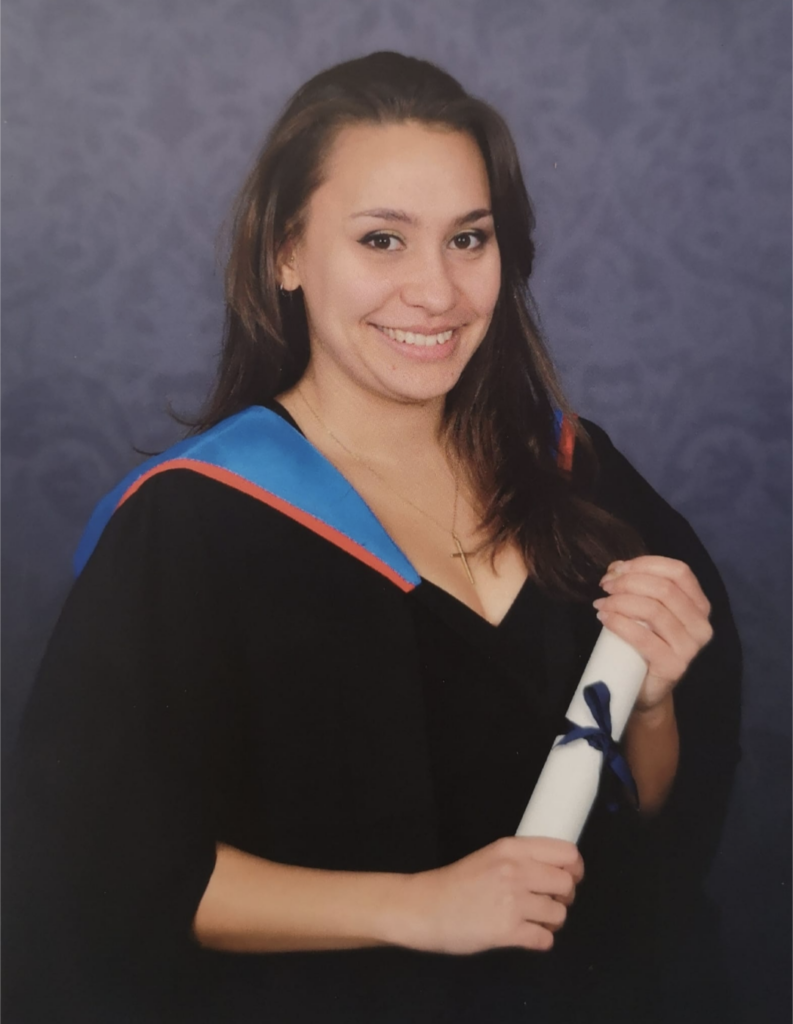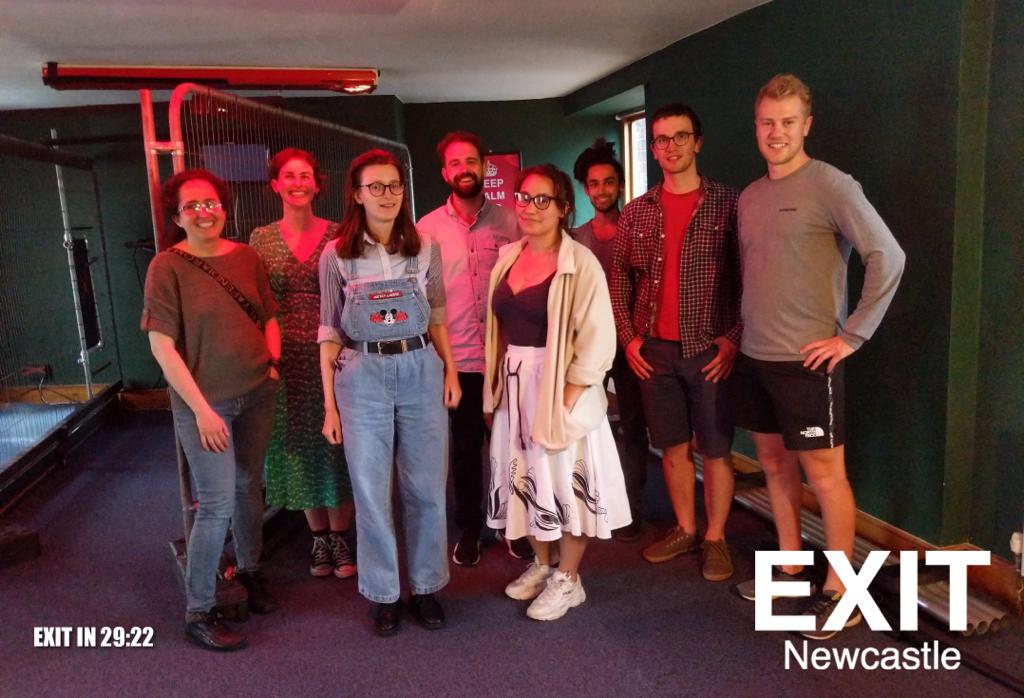We have a 4-year BBSRC-DTP CASE PhD position available in our lab, with a closing date of 15th January. This is advertised for a September 2024 start.
We are looking for a highly motivated PhD student to join our team. The student will work on an exciting project which aims to investigate the molecular mechanisms that drive asymmetric cell divisions and embryo development using cutting edge super-resolution cell imaging, molecular and biophysical methods.
I would greatly appreciate if you could post this job advert at your centre and please encourage any interested candidate to contact me directly at josana.rodriguez@ncl.ac.uk
Formal application link and further information:
https://www.findaphd.com/phds/project/revealing-protein-dynamics-in-asymmetric-cell-divisions-key-to-correct-cell-function-and-prevention-of-developmental-disorders/?p150467.
Our new work is out in BioRxiv
Congratulation Charlotte on your graduation
The Rodriguez and Wollman labs once more join their forces to “escape”
International C. elegans conference at Glasgow (June 2023)
All our lab had a great time at this conference. There were loads of exciting research and our work got great feedback and very useful comments. As always, fantastic to catch up with friends and collaborators.


New PhD position available
We have a 4-year BBSRC-DTP PhD position available in our lab, with a closing date of 10th January (5pm, UK time). This is advertised for a September 2022 start.
We are looking for a highly motivated PhD student to join our team. The student will work on an exciting project which aims to investigate the molecular mechanisms that drive asymmetric cell divisions using cutting edge super-resolution cell imaging and biophysical modelling.
I would greatly appreciate if you could post this job advert at your centre and please encourage any interested candidate to contact me directly at josana.rodriguez@ncl.ac.uk
Formal application link and further information:
A warm welcome to Aaron
New PhD position available in our lab
For more information about this BBSRC DTP3 CASE project please contact me at josana.rodriguez@ncl.ac.uk
Closing date for applications: 22nd of January
The successful candidate will join us in September 2021.
Please find the position advert in findaphd site:
https://www.findaphd.com/phds/project/understanding-the-molecular-and-biophysical-mechanisms-that-drive-cell-contact-re-establishment-after-division/?p127820
New PhD position available in our lab
For more information about this BBSRC DTP3 CASE project please contact me at josana.rodriguez@ncl.ac.uk
Closing date for applications: end of September.
The successful candidate will join us in January 2021.
Please find the position advert in findaphd site:
Enjoy our new review!
Going with the flow: insights from Caenorhabditis elegans zygote polarization
(Gascon et al., 2020)
Cell polarity is the asymmetric distribution of cellular components along a defined axis. Polarity relies on complex signalling networks between conserved patterning proteins, including the PAR (partitioning defective) proteins, which become segregated in response to upstream symmetry breaking cues. Although the mechanisms that drive the asymmetric localization of these proteins are dependent upon cell type and context, in many cases the regulation of actomyosin cytoskeleton dynamics is central to the transport, recruitment and/or stabilization of these polarity effectors into defined subcellular domains. The transport or advection of PAR proteins by an actomyosin flow was first observed in the Caenorhabditis elegans zygote more than a decade ago. Since then a multifaceted approach, using molecular methods, high-throughput screens, and biophysical and computational models, has revealed further aspects of this flow and how polarity regulators respond to and modulate it. Here, we review recent findings on the interplay between actomyosin flow and the PAR patterning networks in the polarization of the C. elegans zygote. We also discuss how these discoveries and developed methods are shaping our understanding of other flow-dependent polarizing systems.


